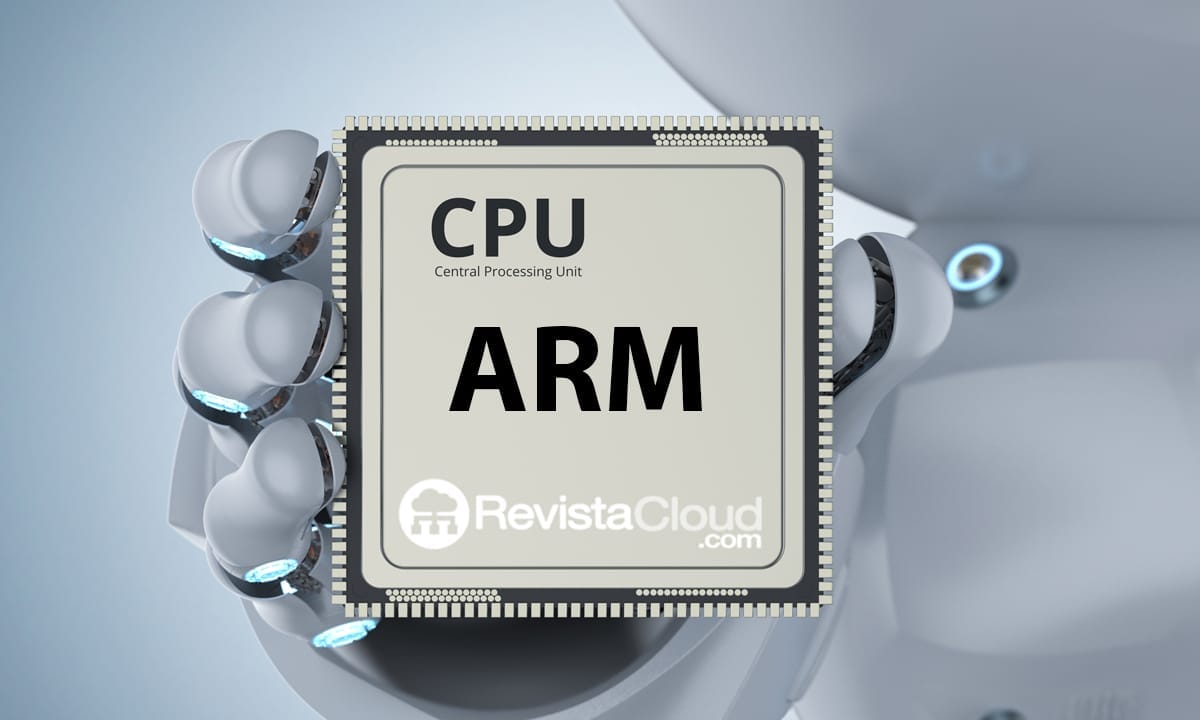ARM, known for its energy-efficient architecture, is poised to change the technological narrative with the development of faster CPUs and AI-optimized GPUs. According to statements from Chris Bergey, business leader for customers at ARM architecture, the British company aims to directly compete with AMD and Intel’s x86 processors by prioritizing operating frequency and integrating advanced capabilities for AI workloads.
A leap toward higher frequencies and greater performance
Although Arm has stood out for its leadership in instructions per cycle (IPC), the lower frequencies of its CPUs have limited their overall performance compared to their x86 rivals. Now, the company has decided to focus on maximizing clock speeds, working on CPU designs that leverage the most advanced manufacturing processes to reach 4 GHz in future products.
This strategic move follows a wave of recent successes, such as the Arm-based chips developed by Apple, which have demonstrated the possibility of surpassing x86 processors in performance and energy efficiency. Arm’s efforts aim to replicate and exceed these achievements across a broader spectrum of applications, including laptops and servers.
Integration of AI in CPUs and GPUs
Arm’s technological evolution is not limited to frequency increases. The company is also developing new capabilities in its CPUs for AI-related workloads. This includes extensions such as Neon, SVE, and SVE2, which will enable more efficient processing of complex tasks.
In the GPU space, Arm is adopting techniques similar to NVIDIA’s DLSS, combining low-resolution rendering with AI to upscale images to higher resolutions, improving visual quality and reducing energy consumption. Bergey mentioned a practical example where a device could render at 540p and 30 FPS, and through AI-based interpolation, reach 1080p and 60 FPS, optimizing both performance and efficiency.
Additionally, Arm is exploring AI-generated frames, a technology that also aims to reduce the load on GPUs by generating additional frames to enhance visual fluidity.
Arm CSS for Client: the next generation for 2025
The advancements in CPUs and GPUs will be integrated into the “Arm CSS for Client” platform, set to debut in 2025. This system will not only incorporate the mentioned innovations but will also provide advanced tools for manufacturers to maximize the capabilities of the latest manufacturing nodes.
A changing market and legal challenges
Arm faces a constantly evolving competitive landscape, with AMD and Intel solidifying their presence in the x86 market. However, Arm architectures have proven to be a viable alternative, especially with the growth of mobile devices, laptops, and data centers that value energy efficiency.
At the same time, Arm is still dealing with an ongoing lawsuit against Qualcomm regarding the use of its technology. According to Bergey, while progress has been made on some points, there are still “unresolved” issues that require further negotiations.
The future of the tech market
Arm’s ambition to challenge x86 dominance arrives at a crucial moment, as the demand for more efficient and powerful devices continues to grow. By focusing on higher frequencies, optimization for AI, and improvements in its GPUs, Arm seeks to redefine its position in the tech industry.
With the integration of these innovations into its Arm CSS for Client platform, the company is positioning itself as a strong competitor ready to meet the demands of a tech era driven by AI and high-performance applications.
References: Techspot and El chapuzas informático

